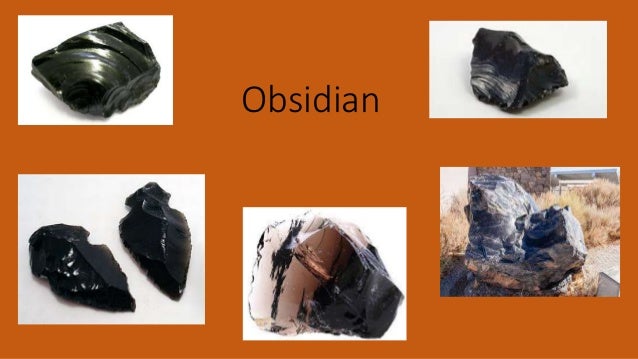


However, Gruber has argued that complete standardization would be a mistake: "Different sites (and people) have different needs. These issues spurred the creation of tools such as Babelmark to compare the output of various implementations, and an effort by some developers of Markdown parsers for standardisation. The behavior of some of these diverged from the reference implementation, as Markdown was only characterised by an informal specification and a Perl implementation for conversion to HTML.Īt the same time, a number of ambiguities in the informal specification had attracted attention. Rise and divergence Īs Markdown's popularity grew rapidly, many Markdown implementations appeared, driven mostly by the need for additional features such as tables, footnotes, definition lists, and Markdown inside HTML blocks. It can take the role of a standalone script, a plugin for Blosxom or a Movable Type, or of a text filter for BBEdit. Gruber wrote a Perl script,, which converts marked-up text input to valid, well-formed XHTML or HTML and replaces angle brackets ( ) and ampersands ( &) with their corresponding character entity references. Its key design goal was readability, that the language be readable as-is, without looking like it has been marked up with tags or formatting instructions, unlike text formatted with 'heavier' markup languages, such as Rich Text Format (RTF), HTML, or even wikitext (each of which have obvious in-line tags and formatting instructions which can make the text more difficult for humans to read). Gruber created the Markdown language in 2004, with Swartz acting as beta tester, had the goal of enabling people "to write using an easy-to-read and easy-to-write plain text format, optionally convert it to structurally valid XHTML (or HTML)." In 2002 Aaron Swartz created atx and referred to it as "the true structured text format". Markdown was inspired by pre-existing conventions for marking up plain text in email and usenet posts, such as the earlier markup languages setext (c. This was addressed in 2014, when long-standing Markdown contributors released CommonMark, an unambiguous specification and test suite for Markdown. The initial description of Markdown contained ambiguities and raised unanswered questions, causing implementations to both intentionally and accidentally diverge from the original version. Markdown is widely used in blogging, instant messaging, online forums, collaborative software, documentation pages, and readme files.
#Ark obsidian uses code
John Gruber created Markdown in 2004 as a markup language that is appealing to human readers in its source code form. Markdown is a lightweight markup language for creating formatted text using a plain-text editor. Polymer is an important item when it comes to the later phases in Ark and you will be needing this for several items and structures along with Metal Ingots.Ī lot of Tek items are reliant on Polymer, which makes it necessary for you to have a lot of Obsidian if you have no means to get Organic Polymer.Pandoc, MultiMarkdown, Markdown Extra, CommonMark, RMarkdown ĭaringfireball. Using creatures to farm Obsidian works better than a Pick but using a Mining Drill can save you a lot of time and get you more resources. You will mostly notice Obsidian when you are traveling around volcanic areas or mountains, these appear as black rocks. The following are items that may be crafted with Obsidian: Weapons The only use currently for Obsidian is for crafting, and while it can be used to craft specific items, it is also used for crafting Polymer, a resource requires for other items and structures. Obsidian can easily be distinguished by its black color and its glossy look, this can be a bit difficult to spot from afar but usually stands out. On other maps, Obsidian can be found in some of the strangest places, and this is worth taking note of so you have a place to return to when farming for it. Using an Ankylosaurus, Magmasaur, and even a Mantis equipped with picks work well but eventually, a Mining Drill will be your best choice. Obsidian is mainly obtainable by mining the smooth black rocks that can be found in several places, but these require a Pick or the use of creatures to mine. These can be mined and used to create certain items, including Polymer, one of the more advanced materials needed in Ark.Īlthough Obsidian may be rare, it is quite easy to acquire as long as you have the right tools and means to obtain it. Obsidian is a rarer type of resource which can mainly be found atop mountains and around volcanos, appearing as black shiny rocks.


 0 kommentar(er)
0 kommentar(er)
